Microphone Testing Results
We’ve spent a few days (in addition to the many miscellaneous hours during class) reconfiguring the Portal and testing out new hardware and how it might improve the quality of our sound. Here are a list of microphones we were able to test over the MCT 4021 class. This list will likely be updated with any new mics we test and other miscellaneous notes we find about our experiences streaming with them.
Microphone criteria
These criteria were loosely based around these qualities of a microphone and their general usability during class and for performances we may have to setup. Maintaining this balance that allows us to keep quick access to the default classroom model.
- sensitivity of mic
- power needed to drive
- dynamic range
- quality
- noise floor - high pitch whine? on Trondheim - size and usability/practicality - sound texture (perceptual)
- pattern control
- position, static
- directionality
MD421 (in Oslo)
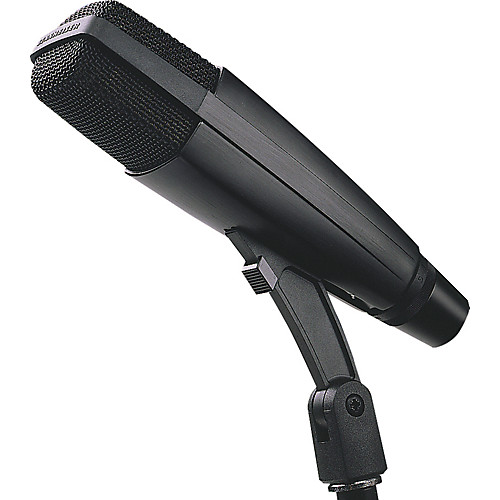
• needs more gain
• less sensitive
• no room sound
• dry
• distance is the same
• generally a little better
SM7b (in Trondheim)
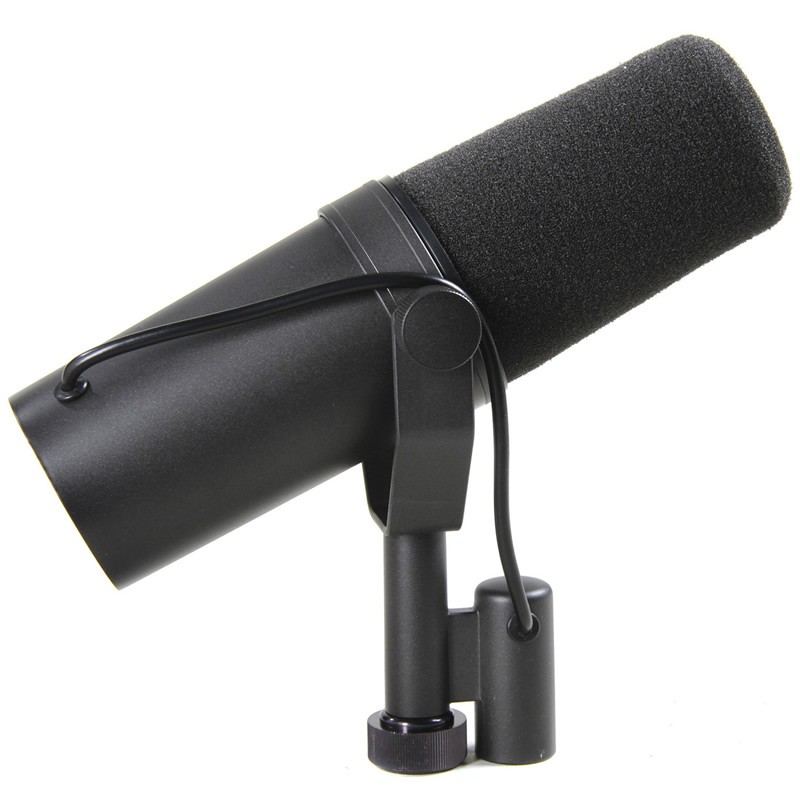
• dryer
• more low end
• fuller spectrum
• less tinny
• sounds like a vocal booth
• you would need to be in close proximity
○ not as practical space wise
• better than the MD421
Sennheiser 835 (in Oslo)

• drier
• direct, less room
• not as distinguishable
• weakest
Ceiling mic (in Trondheim)
• too low
• very poor sound quality
• unusable
Boundary mic (in Trondheim)
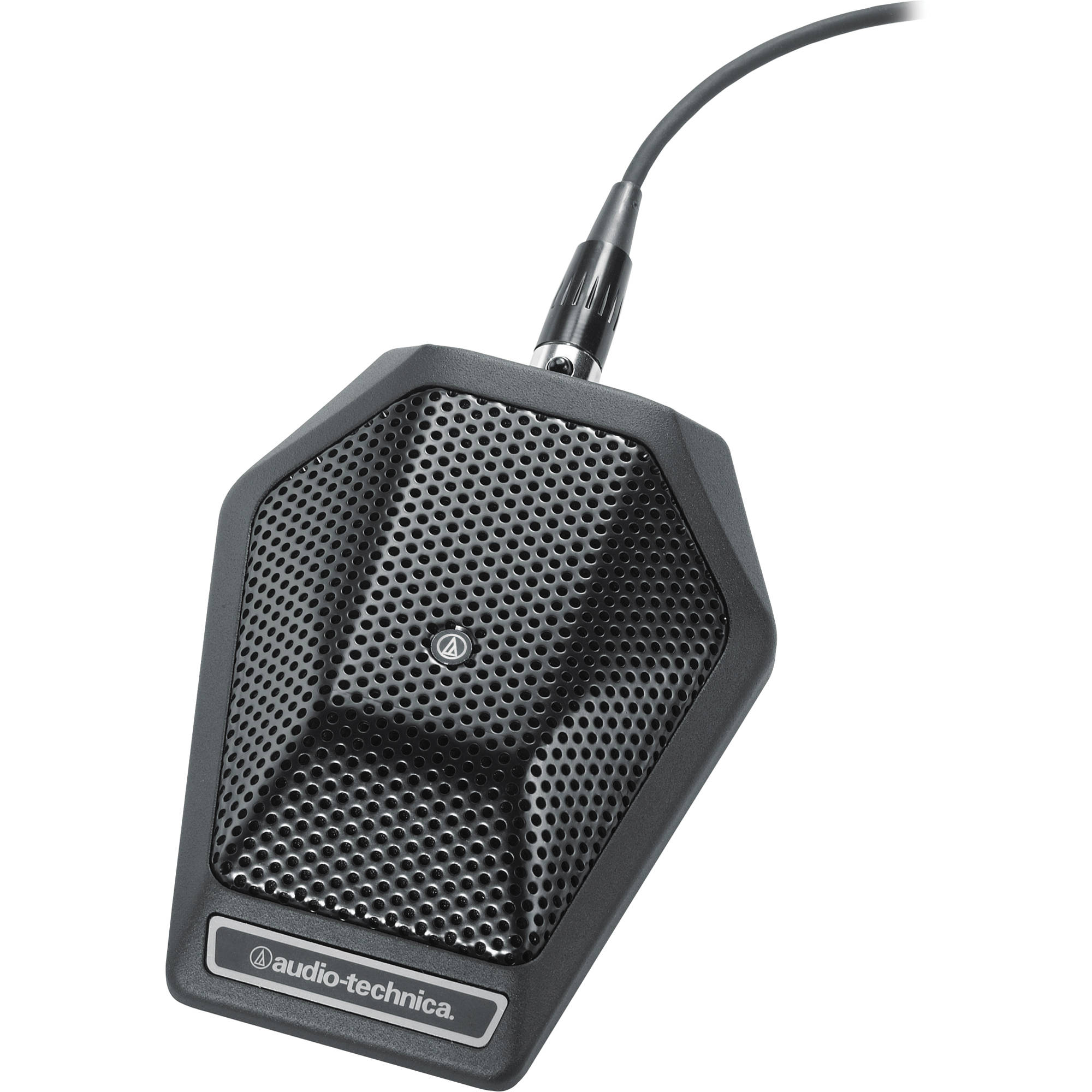
• space wise, very little clutter
• but room sound is apparent
• table noise
• muddy
Shotgun mic (in Trondheim)
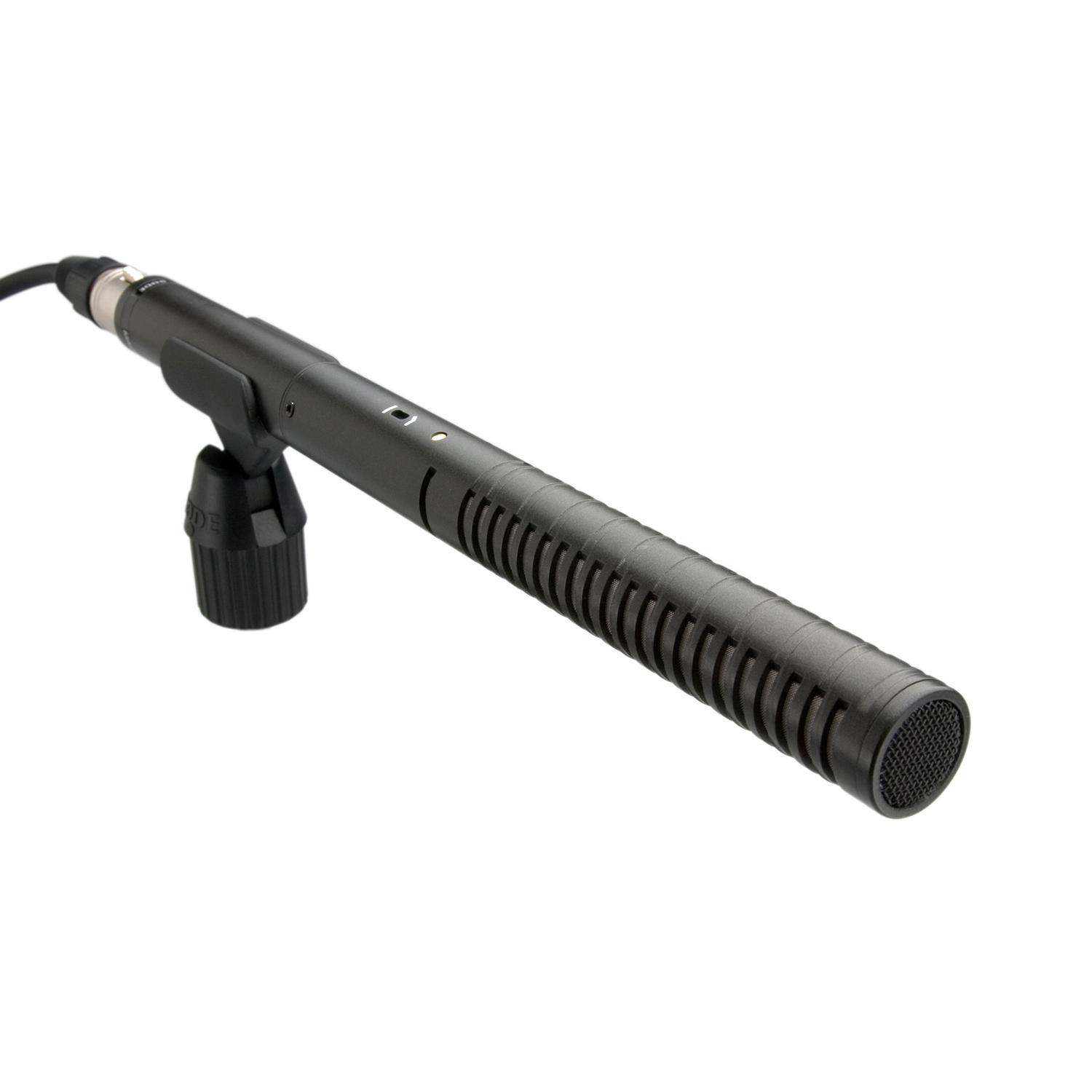
• clear and collected
• directional
• can be used at quite a distance and from overhead
• can still hear the reverb from other side
• may be able to cover a large space (would only need two?)
AT AE5100 (X/Y Stereo) (in Oslo)
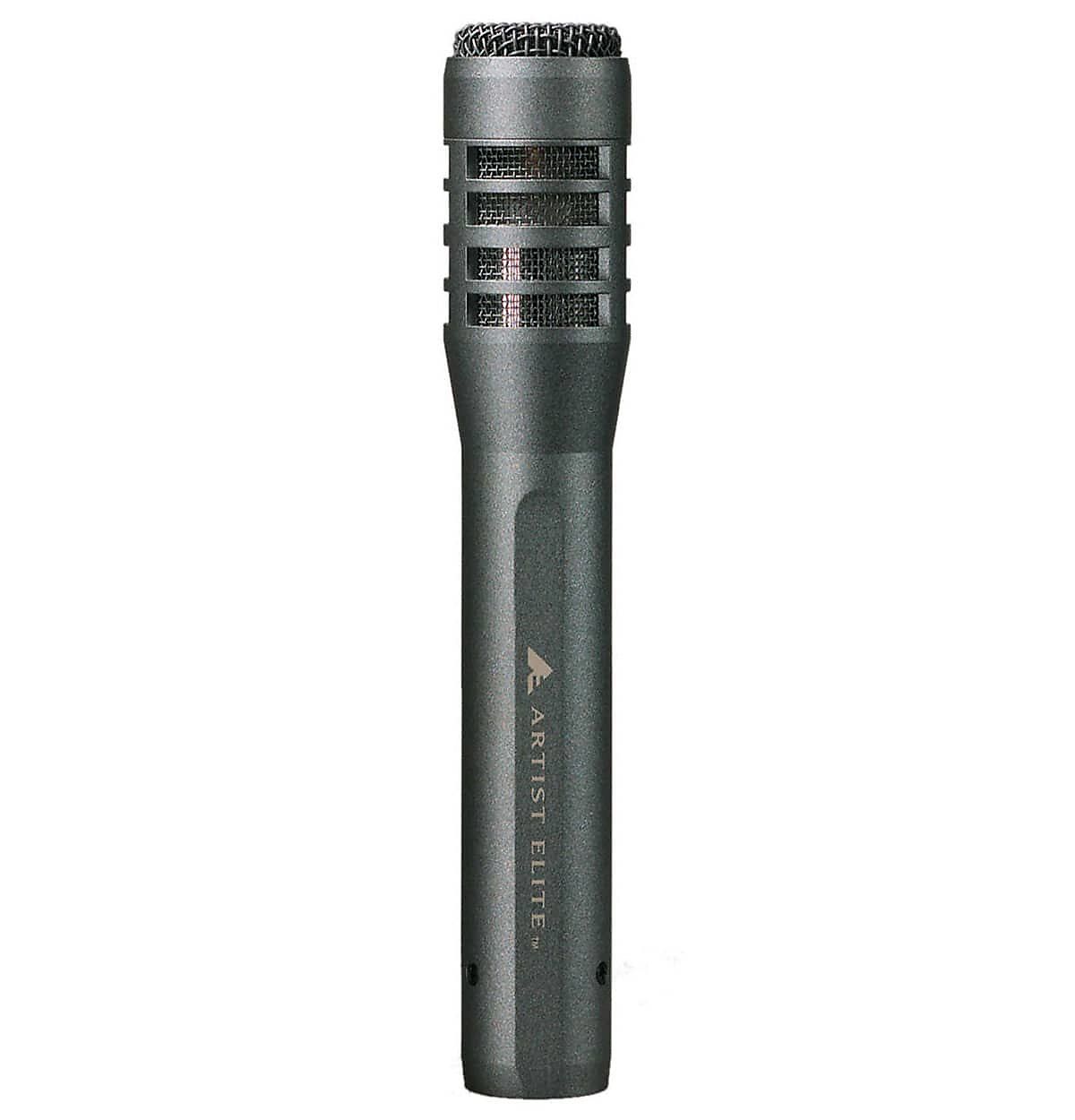
• clear and transparent
• less muddy
• less room sound
• thinner?
• more natural?
• visually obstrusive
Overhead mic
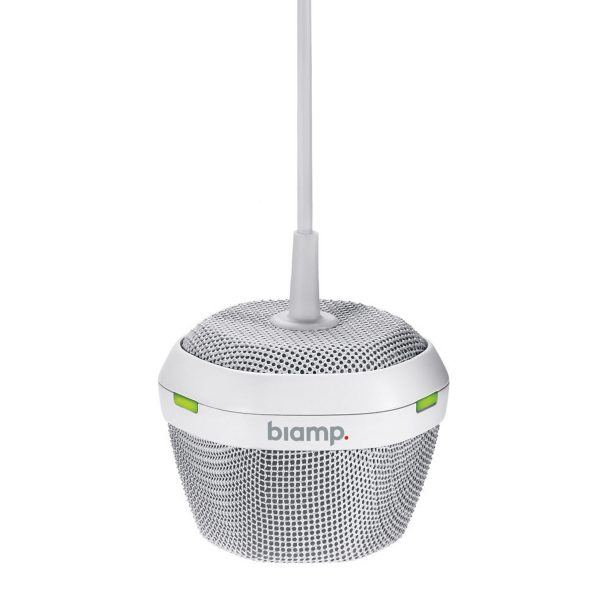
• good spatialization
• no reverb
• little whiney (high end)
